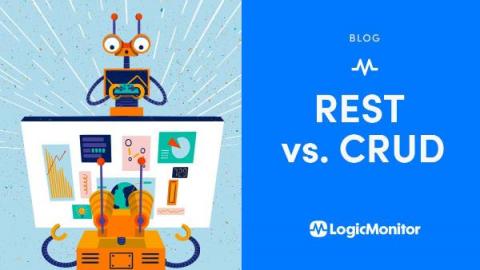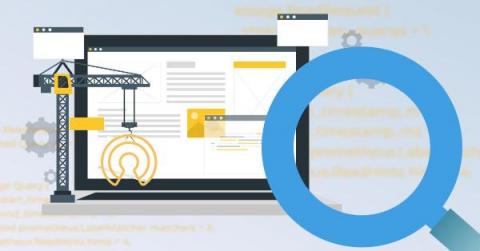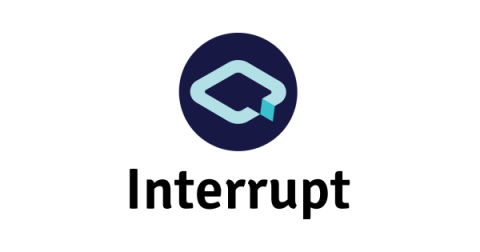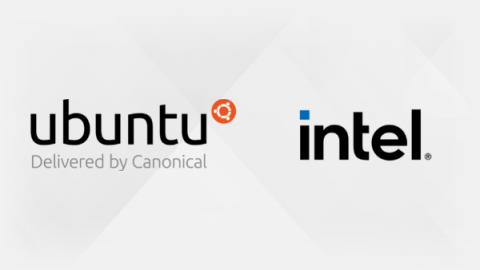Operations | Monitoring | ITSM | DevOps | Cloud
Technology
The latest News and Information on APIs, Mobile, AI, Machine Learning, IoT, Open Source and more!
CI/CD and state management for Flutter apps with MobX
MobX is a scalable library developed to ease the process of state management in frontend applications. In this tutorial, you will learn how to manage the state of your Flutter applications using MobX, and then set up a continuous integration/continuous deployment (CI/CD) pipeline for your application using CircleCI. You can find the sample project developed for this tutorial in this GitHub repository.
REST vs CRUD
Open Source for Better Observability
Monitoring cloud-native systems is hard. You’ve got highly distributed apps spanning tens and hundreds of nodes, services and instances. You’ve got additional layers and dimensions—not just bare metal and OS, but also node, pod, namespace, deployment version, Kubernetes’ control plane and more. To make things more interesting, any typical system these days uses many third-party frameworks, whether open source or cloud services.
What we've been reading in October
Here are the articles, videos, and tools that we’ve been excited about this October. We hope you enjoy these links, and we look forward to hearing what you’ve been reading in the comments or on the Interrupt Slack.
What can you learn from IoT with i2M - Part 2
In the first part, I outlined some of the terms associated with the delivery of IoT. Next, let’s look at how this gets complex. You will need to read the state of each sensor (through their appropriate API and through their appropriate vendor-supplied hub), create logic to determine what actions must be taken when certain conditions are met, and then deliver these as a workflow to each responder, and confirm through data collected from sensors that the requested change was implemented.
Ubuntu optimised for Intel processors accelerates adoption of IoT innovations
2 November 2021: Canonical published the first Ubuntu images optimised for the next generation of Intel IoT platforms, which address the unique requirements of the intelligent edge across multiple industry verticals. Both companies are dedicated to enabling on Ubuntu the Intel IoT platforms’ specific features such as real-time performance, manageability, security, and functional safety, as well as allowing users to take advantage of their improved CPU and graphics performance.
Securing the Open-Source supply chain with Ubuntu Pro on Google Cloud
It’s official: since the outbreak of the COVID-19 pandemic, cybercrime has increased by 600%. Among these, ransomware attacks are estimated to cost $6 trillion in 2021 alone. And there were nearly 550,000 ransomware attacks per day in 2020. The question is: are your workloads secure enough? In this blog, we will discuss how to make your Open Source workloads more secure in one second.
Installing xMatters on iOS - xMatters Support
What can you learn from IoT with i2M - Part 1
The Internet of Things (IoT) is a wonderful marketing term given to devices that are connected to the internet. Today everything from light switches, air conditioners to door locks have the option of being internet-connected. Now that multiple companies have created “tags” that you can add to anything from keys to cars and packages, anything can be tracked. Across the business, industry, and retail almost every physical component has the option of being internet-connected.










